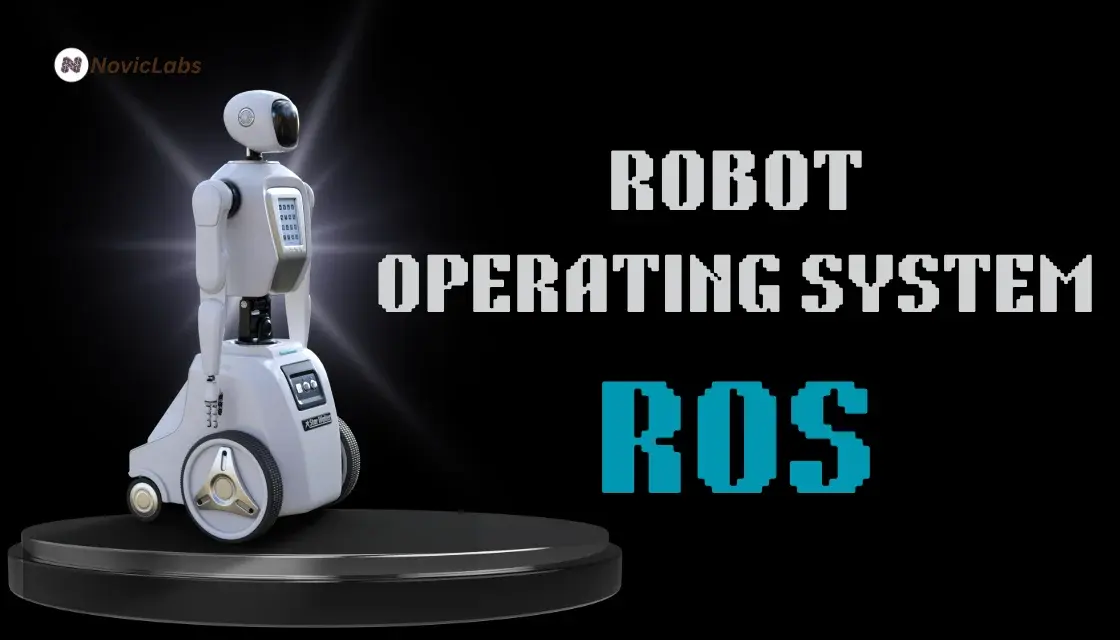Jul 20, 2022
Getting Started with Robotics Operating System (ROS)
As robotics continues to evolve, the Robotics Operating System (ROS) has emerged as a vital tool for developers, researchers, and engineers. Whether you're building autonomous drones, robotic arms, or self-driving cars, ROS simplifies the development process with reusable code, simulation tools, and community support.
In this beginner-friendly guide, we’ll explore what ROS is, why it matters, and how you can get started today.

What is Robotics Operating System (ROS)?
ROS, or the Robotics Operating System, is not an actual operating system. Instead, it is an open-source framework that runs on top of traditional operating systems like Linux (mainly Ubuntu). It provides a structured communications layer above the host OS to control complex and distributed robotic systems.
At its core, ROS is a collection of software libraries and tools designed to help you build robot applications. It offers standard operating system services like hardware abstraction, device drivers, package management, message-passing between processes, and more.
Why Use ROS?
ROS is extensively used in both academic and industrial settings due to the following reasons:
Simplifies Development: Use prebuilt packages and modules.
Supports Modularity: Break large systems into manageable nodes.
Enables Reusability: Reuse and share code across projects.
Has Strong Community Support: Thousands of contributors and packages.
Integrates with Simulators: Like Gazebo for testing without hardware.
Provides Real-Time Data Handling: Use topics, services, and actions to manage sensor and actuator data efficiently.
Core Concepts of ROS
To understand ROS, it's helpful to grasp these basic concepts:
Nodes:
Individual processes performing computation. Each node handles a specific task (e.g., sensor reading, path planning).
Topics:
Channels over which nodes exchange messages.
Messages:
Data sent between nodes (e.g., image data, GPS location).
Services:
Synchronous communication between nodes for requests/responses.
Actions:
Used for long-running tasks like navigation.
Master:
Coordinates communication between nodes.
Bag Files:
Store ROS message data for analysis and playback.
ROS Versions: ROS1 vs ROS2
ROS1:
The original version, stable and widely used, but lacks real-time and security support.
ROS2:
Designed to address ROS1’s limitations. Offers improved performance, cross-platform support (Linux, Windows, macOS), and real-time capabilities.
Recommendation: Start with ROS2 if you’re building new projects for better long-term compatibility.
How to Get Started with ROS
Step 1: Set Up Your Environment
Use Ubuntu 20.04 or 22.04 for the best compatibility.
Install ROS (e.g., ROS2 Humble or Iron):
Step 2: Initialize Your Workspace
Create a catkin or colcon workspace.
Build your workspace and source setup files.
Step 3: Write Your First Node
Use Python or C++ to develop basic publisher and subscriber nodes.
Execute these nodes and utilize rqt_graph to visually inspect the data flow and interactions between them.
Step 4: Explore Packages
Explore popular packages for navigation (e.g., nav2), perception (image_pipeline), and manipulation (MoveIt).
Applications of ROS
ROS is used in a wide range of robotics applications:
Autonomous Vehicles
Drones and UAVs
Warehouse Automation
Robotic Arms and Manipulators
Healthcare Robotics
Agricultural Robots
Final Thoughts
The Robotics Operating System (ROS) has revolutionized the field of robotics, providing a flexible and powerful framework for developing, simulating, and deploying robotic systems. Whether you're a beginner or an experienced developer, ROS offers the flexibility, power, and community you need to build intelligent, capable robots. With proper guidance and practice, mastering ROS can unlock endless possibilities in robotics.
STREAMLINE YOUR BUSINESS WITH AI?
Main
Resources
Developers
Company
Contact Us
+1 (999) 888-77-66
hello@noviclabs.com
Location
483920, Indonesia,
Lampung 22/2/5, Office 4
© 2023 Noviclabs All rights reserved.